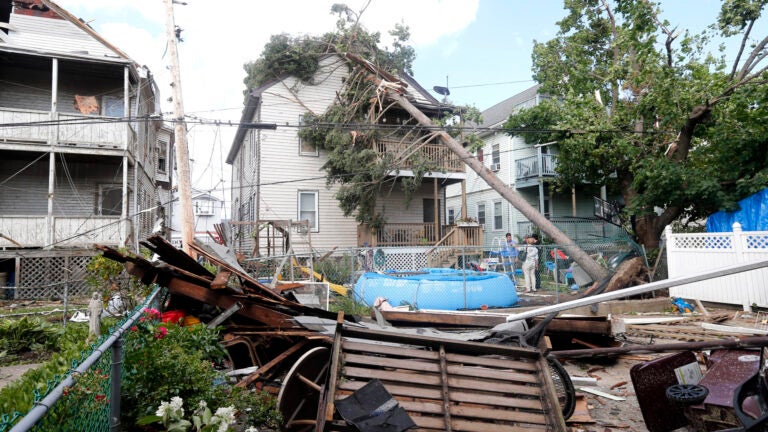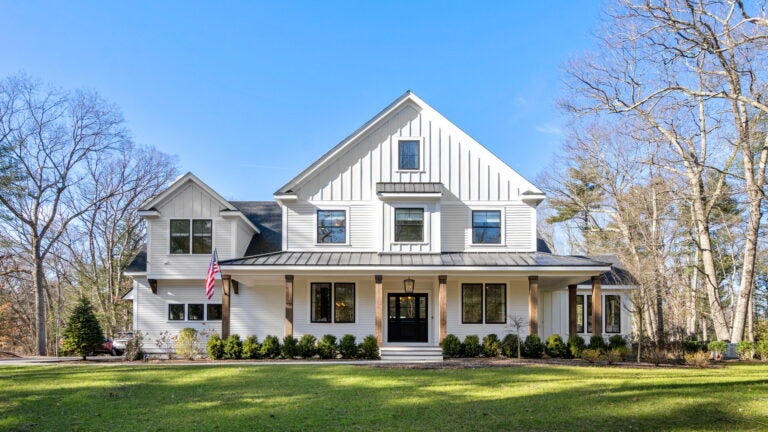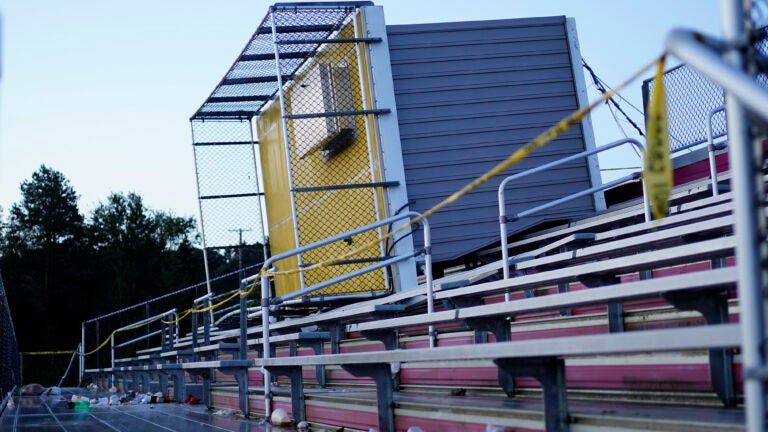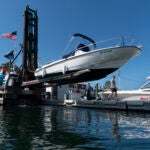A tornado struck Revere two years ago today. Just how rare are tornadoes here?
There have been more than 160 confirmed tornadoes in Massachusetts since tracking began in the 1950s.

Two years ago this morning, a violent line of thunderstorms pushed through New England, spawning several tornadoes, including an EF-2 tornado that went right through parts of Revere. The 2014 tornado in Revere had winds estimated between 100 and 120 miles per hour. It traveled for about three miles and was 3/8 of a mile wide at its maximum. The storm caused damage to more than 60 buildings and rendered more than a dozen homes uninhabitable.
Of course, there have been many other tornadoes in Massachusetts over the decades. In fact, there have been more than 160 confirmed tornadoes since tracking began in the 1950s. June 2011 saw a very destructive tornado in the western part of the state. That twister was ranked as an EF-3 with winds up to 165 miles per hour.
Probably the most infamous tornado in all of New England is the Worcester tornado that struck on June 9, 1953. That storm was an F-4. (The Fujita scale was updated to the enhanced Fujita scale in 2007. See the infographic below for more information on the scale.) The Worcester tornado killed 94 people as it traveled 48 miles through central Massachusetts for around an hour and a half. It still ranks as one of the top 25 deadliest tornadoes in the United States.
All of this said, tornadoes are relatively rare in New England and even rarer in eastern Massachusetts and other areas along the coast.

Enhanced Fujita Scale that was released in 2007.
Tornadoes are a byproduct of severe thunderstorms. While not fully understood, they generally form when the rotation within a supercell thunderstorm (the most severe type), along with changes in wind speed and direction within the storm itself, interact in such a way as to produce a funnel cloud. If that reaches the ground, it becomes a tornado.

A supercell thunderstorm illustration.
These types of storms are most common in the center of the country, where the effects of the cooler ocean don’t factor in. Big storms from the Midwest and even eastern New York often fall apart as they move into the more stable marine air often found here in southern New England. This is also why so many storms during the summer seem to not make it to the coastline as intense storms, but rather much weaker ones.
Tornadoes are not all that common in Massachusetts. July is the month with the most on record in the state. There have been six July tornadoes here since 2006. This is likely because it’s the warmest month and the one in which the ocean has the least influence. Tornadoes can occur here in spring and fall, but it would be almost impossible for them to happen in the winter because of the cold.

Distribution of tornadoes during the month of July.
You can find tornado emergency preparedness tips here.
Follow Dave Epstein on Twitter @growingwisdom.








Conversation
This discussion has ended. Please join elsewhere on Boston.com